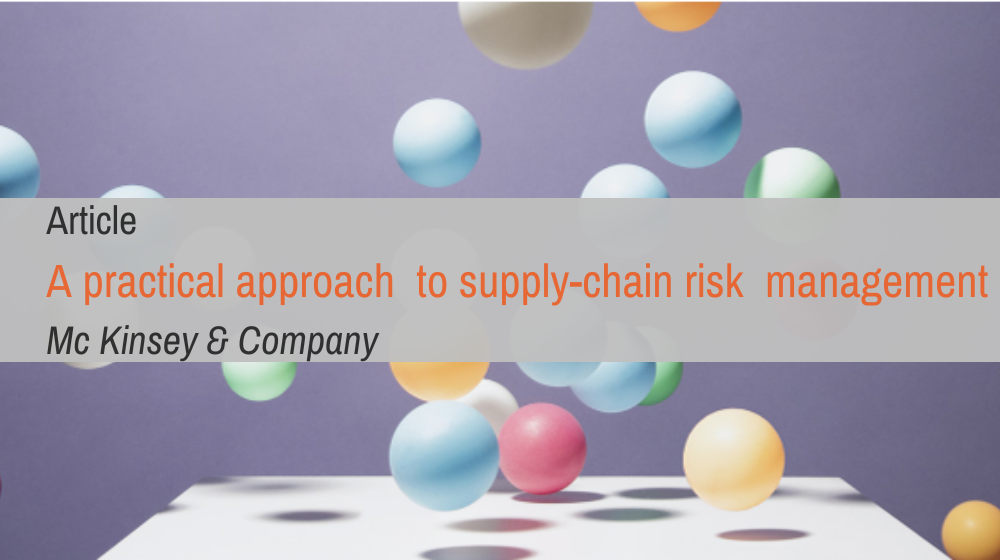Compliance Monitoring
What is Compliance Monitoring?
Compliance Monitoring: Enhancing Organizational Efficiency and Risk Management
In today’s fast-evolving regulatory landscape, compliance monitoring has emerged as a cornerstone of robust risk management and operational efficiency. Organizations are increasingly recognizing the need for ongoing vigilance in adhering to laws, standards, and internal policies. Here’s an in-depth look into compliance monitoring, its importance, challenges, and how best to integrate it into your organization.
What is Compliance Monitoring?
Compliance monitoring is the systematic process of ensuring that an organization’s operations align with relevant regulations, standards, and internal policies. It encompasses regular audits, automated tracking, and thorough documentation to verify adherence and mitigate risks.
Key Components of Compliance Monitoring:
- Regular Audits and Assessments: Both internal and external evaluations to measure compliance.
- Automated Monitoring Systems: Software solutions to track compliance in real-time, enabling quick response to issues.
- Reporting and Documentation: Maintaining evidence of compliance for audits and regulatory reviews.
- Risk Management: Identifying and addressing non-compliance proactively.
- Training and Awareness: Educating employees about compliance requirements to foster a culture of adherence
Why is Compliance Monitoring essential?
- Enhanced Risk Management: Identifies and mitigates risks before escalation.
- Improved Compliance Execution: Offers direct support to operational teams for effective implementation.
- Stronger Accountability: Clearly defines roles and responsibilities.
- Faster Regulatory Adaptation: Enables agile responses to new regulations.
- Improved Audit Readiness: Maintains detailed audit trails for smoother reviews.
- Cultural Integration: Fosters an organizational mindset where compliance is integral to daily operations.
Overcoming Compliance Monitoring Challenges
- Regulatory Changes: Keeping up with dynamic legal requirements.
- Data Integration: Centralizing data from disparate sources for accurate monitoring.
- Resource Constraints: Balancing skilled personnel and budget limitations.
- Manual Processes: Transitioning from inefficient manual systems to automated solutions.
- Data Security: Ensuring compliance with privacy laws like GDPR while safeguarding sensitive information.
Solutions: Investing in advanced compliance technologies, fostering a compliance-driven culture, and prioritizing proactive over reactive monitoring can help overcome these challenges.
Your value from best-practice Compliance Monitoring
Compliance monitoring is pivotal in safeguarding organizational reputation, avoiding legal penalties, and driving operational efficiency. Its benefits include:
Risk Mitigation: Identifies potential issues early.
Enhanced Stakeholder Trust: Demonstrates commitment to ethical practices.
Operational Efficiency: Aligns processes with regulatory standards.
Growth Enablement: Strengthens the foundation for expansion and investment.
To download information on Compliance Monitoring click below
How to approach Compliance Monitoring?
How we can help
Our solutions
At BR1GHT, we specialize in designing and implementing cutting-edge compliance monitoring frameworks. Our approach includes:
- Customized Strategies: Tailored compliance plans to meet specific organizational needs.
- Technology Integration: Implementing tools for seamless monitoring.
- Training Programs: Educating employees to build a culture of compliance.
- Ongoing Support: Regular reviews to ensure frameworks remain effective and adaptable.
By leveraging our expertise and solutions, organizations can achieve sustainable compliance, reduce risk, and enhance overall efficiency.
Technology Consulting
Specialist Consulting
Managed Services
Related information

How to realise good governance
After more than 30 years working in the area of good governance and internal control, we see many organisations still struggling to realise the right level of internal control. Many are below the desired level to manage their risks sufficiently, while others are tired...

14 SAP S/4 HANA and rise authorization migration pitfalls and recommendations
At BR1GHT, we recognize that more and more clients tend to move towards SAP S/4HANA. This transition is more than a technological upgrade; it’s an opportunity to optimize your operations, align with compliance standards, and enhance your business value. Within this...

Building trust in the vendor risk management ecosystem I Deloitte
How can you build trust in your vendor risk management ecosystem? Organisations have three opportunities to build trust in the ecosystem mentioned below: 1. Building Trust at a Policy Development Level Organizations often have vendor-related policies, but these...

A practical approach to supply-chain risk management I McKinsey & Company
In the last decade, a number of organizations have been rocked by unforeseen supply-chain vulnerabilities and disruptions, leading to recalls costing hundreds of millions of dollars in industries ranging from pharmaceuticals and consumer goods to electronics and...

Excited to Announce: BR1GHT is the First Gold Partner of RiskChallenger
We are excited to announce that BR1GHT is the first Gold Partner of RiskChallenger! This collaboration enables us to provide our clients with a dynamic tool that simplifies risk identification, analysis, and control, fostering a proactive risk management culture. By...

Understanding risk management in the Supply Chain I Deloitte US
A business is only as strong as the chain of suppliers it works with. So leaders must recognize and work to understand the factors that promote strong risk management in the supply chain. Ensuring that your goods arrive on time is only a piece of the whole. Managing...
